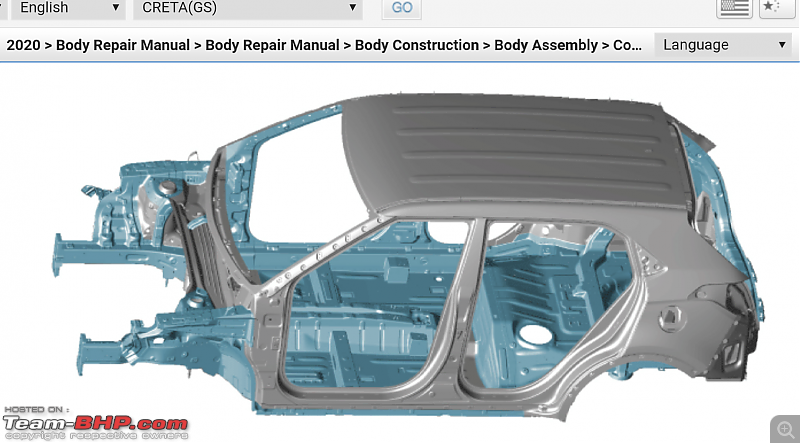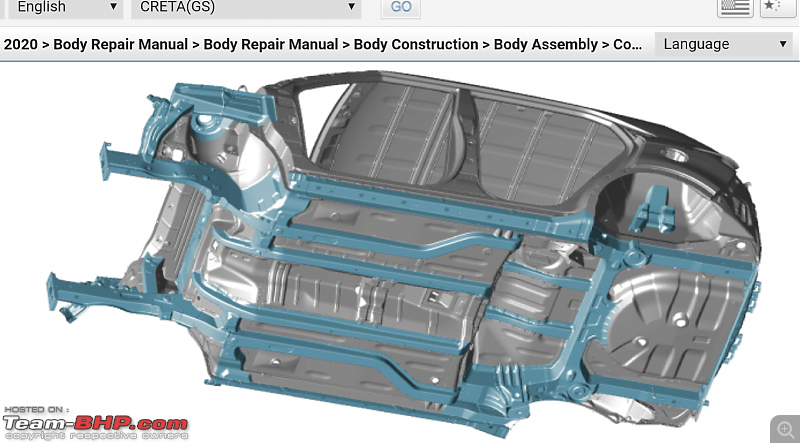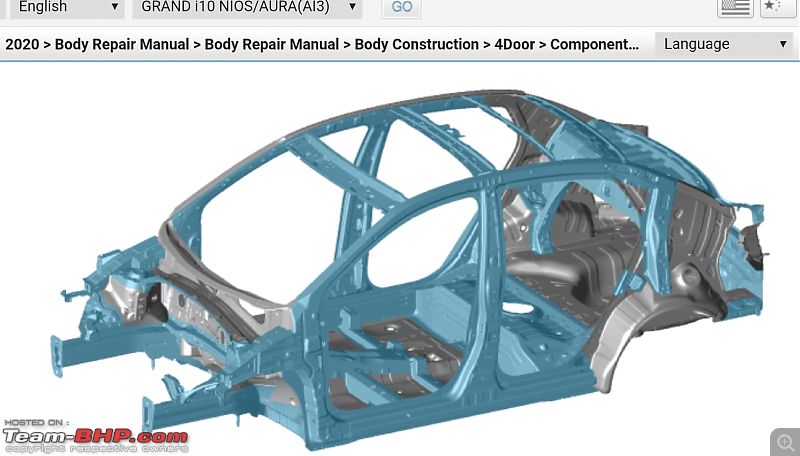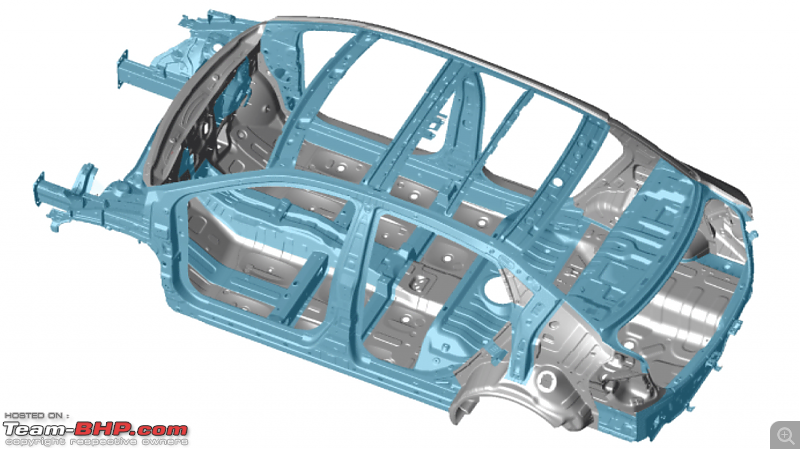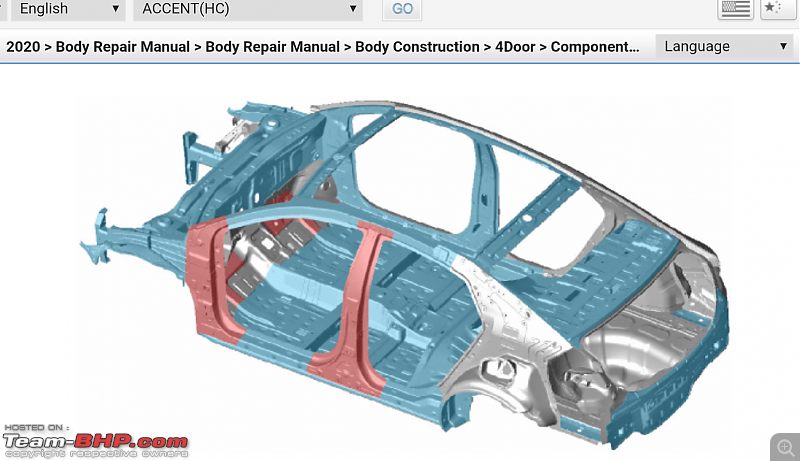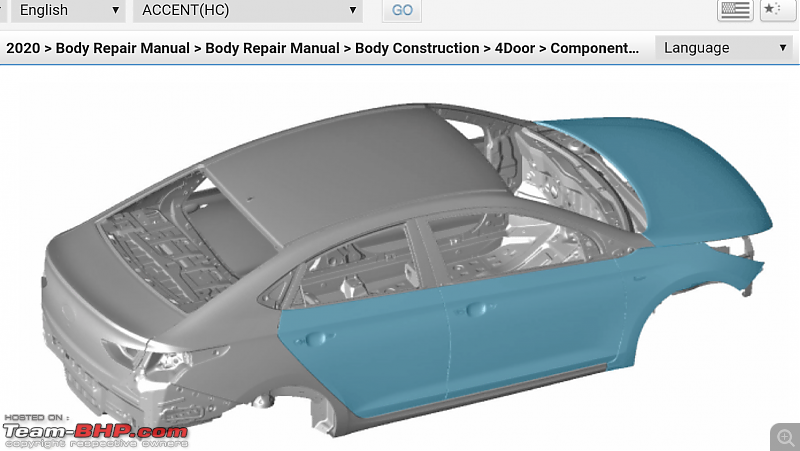| |||||||
 |
| Search this Thread |  73,839 views |
| | #46 |
| BHPian Join Date: Nov 2020 Location: Bangalore
Posts: 42
Thanked: 131 Times
| |
| |  (2)
Thanks (2)
Thanks
|
| |
| | #47 |
| Senior - BHPian Join Date: Nov 2011 Location: Chennai
Posts: 1,803
Thanked: 6,579 Times
| |
| |  (33)
Thanks (33)
Thanks
|
| | #48 |
| Newbie Join Date: Feb 2016 Location: Chennai
Posts: 22
Thanked: 23 Times
| |
| |
| | #49 |
| Newbie Join Date: Apr 2019 Location: Pune
Posts: 17
Thanked: 18 Times
| |
| |  (1)
Thanks (1)
Thanks
|
| | #50 |
| BHPian Join Date: May 2020 Location: UP78
Posts: 88
Thanked: 222 Times
| |
| |
| | #51 |
| Senior - BHPian Join Date: Nov 2011 Location: Chennai
Posts: 1,803
Thanked: 6,579 Times
| |
| |  (42)
Thanks (42)
Thanks
|
| | #52 |
| Senior - BHPian Join Date: Oct 2020 Location: Ranchi
Posts: 1,943
Thanked: 5,321 Times
| |
| |  (5)
Thanks (5)
Thanks
|
| | #53 |
| Senior - BHPian Join Date: Nov 2006 Location: Bengaluru
Posts: 4,375
Thanked: 2,256 Times
| |
| |  (3)
Thanks (3)
Thanks
|
| | #54 |
| Team-BHP Support  Join Date: Mar 2011 Location: Gurgaon
Posts: 6,701
Thanked: 28,279 Times
| |
| |  (12)
Thanks (12)
Thanks
|
| | #55 |
| BHPian Join Date: Sep 2013 Location: Bangalore
Posts: 732
Thanked: 1,360 Times
| |
| |
| | #56 |
| Team-BHP Support  Join Date: Mar 2011 Location: Gurgaon
Posts: 6,701
Thanked: 28,279 Times
| |
| |  (2)
Thanks (2)
Thanks
|
| |
| | #57 |
| Distinguished - BHPian  | |
| |  (10)
Thanks (10)
Thanks
|
| | #58 |
| Newbie Join Date: Oct 2020 Location: Chennai
Posts: 19
Thanked: 16 Times
| |
| |
| | #59 |
| Senior - BHPian Join Date: Nov 2011 Location: Chennai
Posts: 1,803
Thanked: 6,579 Times
| |
| |  (15)
Thanks (15)
Thanks
|
| | #60 |
| Senior - BHPian Join Date: Nov 2011 Location: Chennai
Posts: 1,803
Thanked: 6,579 Times
| |
| |  (22)
Thanks (22)
Thanks
|
 |





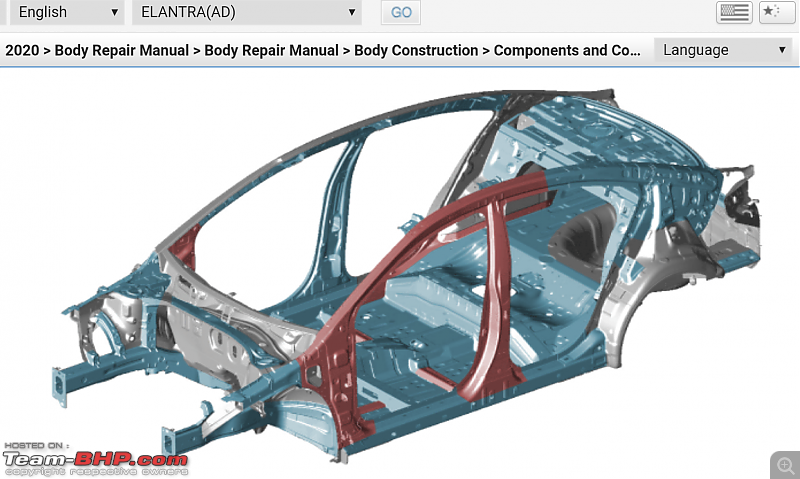


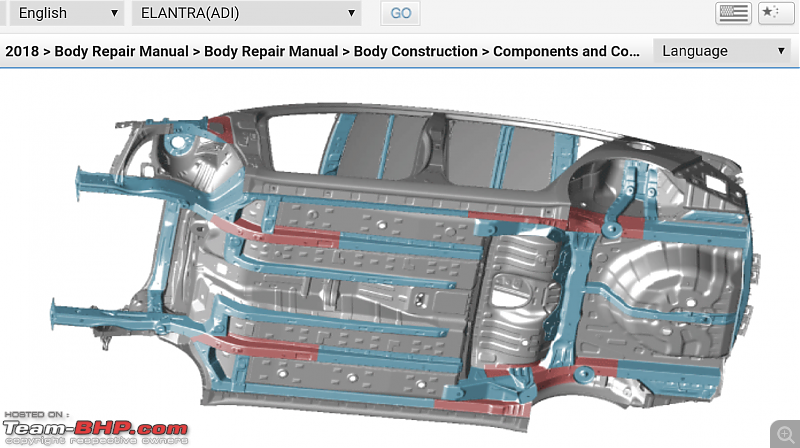


 which I use occassionally, so I'm sharing these images here.
which I use occassionally, so I'm sharing these images here.


